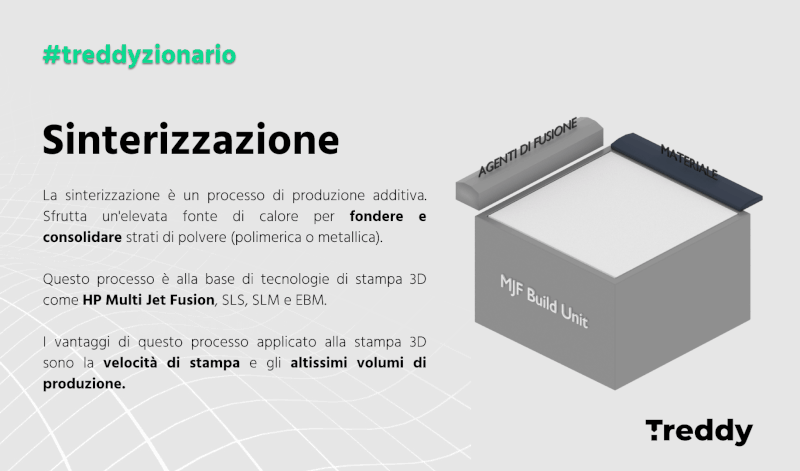3D Printing Multi Jet Fusion
Multi Jet Fusion (MJF) is a new innovative 3D printing process based on powder sinteringthat allows the production of 3D pbject with a high grade of precision and resolution, low porosity and high quality surfaces.
It's the ideal technology for both prototyping and mass production.
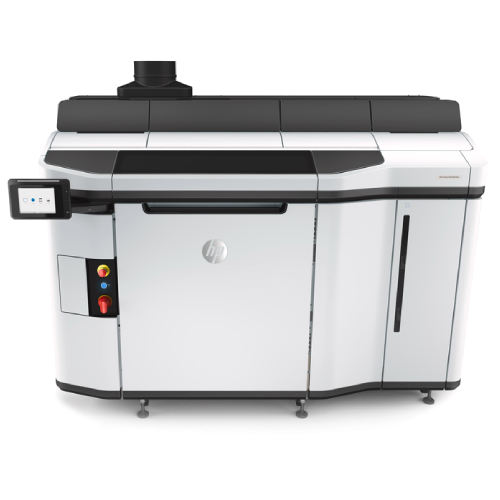
Which advantages does MJF offer?
Speed
MJF technology allows for the production of parts in parallel and across multiple layers, maximizing the available print space.
It is possible to produce up to hundreds of parts in a single build within 24 hours.
Precision
The MJF technology ensures the production of components with a very high degree of precision, even for small details and holes.
Furthermore, since it does not require supports, it can avoid issues related to surface imperfections.
Durable and Resistant
Parts produced with MJF technology are durable and resistant, thanks to the variety of materials that can be used.
It is also possible to apply surface treatments to further enhance the resistance of the parts.
Available materials for LFAM
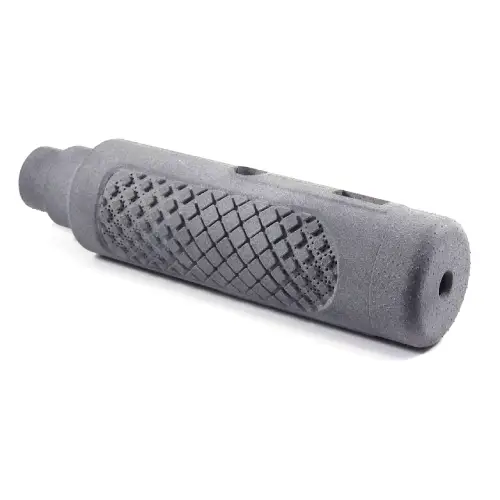
Nylon PA 12
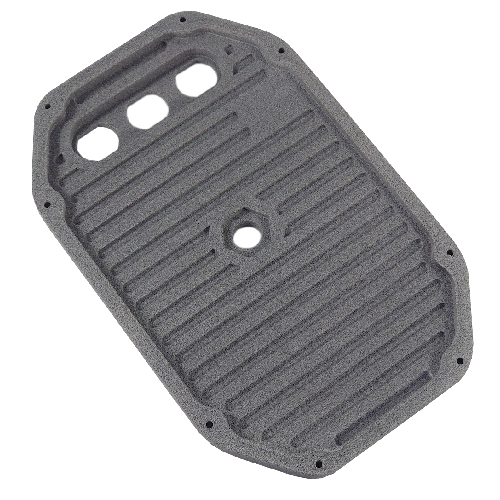
Nylon PA 12 Glass Beads
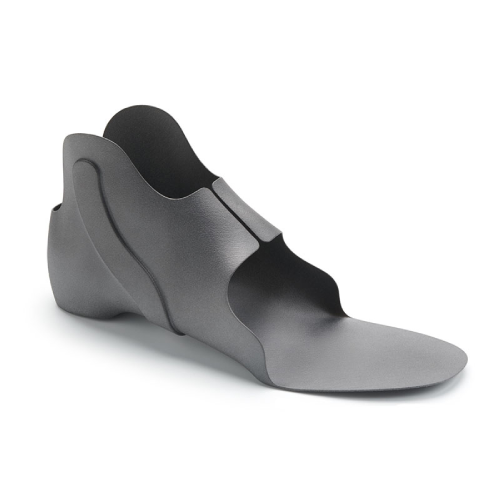
Nylon PA 11
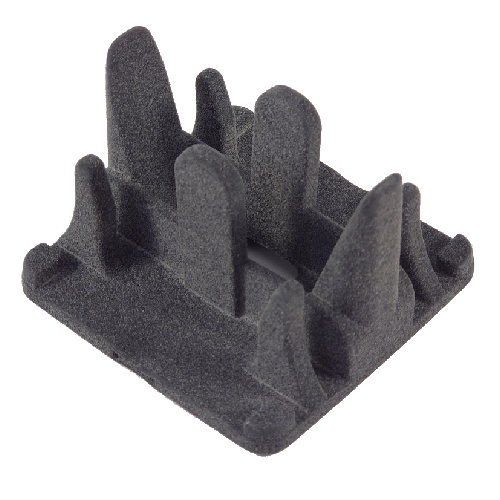
TPU Ultrasint
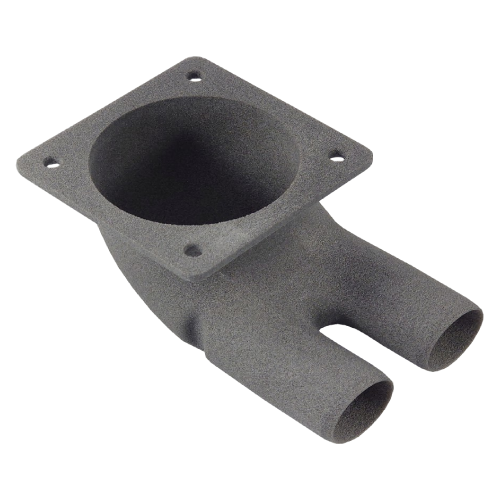
Polypropylene (PP)
How does MJF 3D printing work?
Unlike the slow point-to-point processes used in most current printing methods, this technology produces 3D parts in two quick passes that cover the entire width of the print area. This allows for the production of large quantities of parts at maximum speed.
Il processo inizia applicando uno strato di materiale in polvere sull’intera area di lavoro.
In the opposite direction, detail and fusion agents are deposited in a continuous pass only where necessary. At this point, a high-energy lamp passes over the print area, melting and solidifying only the material infused with the fusion agents. This way, the process is completed and repeated for the next layer.
HP's proprietary architecture can print 30 million droplets per second across each single inch of width of the area, allowing for extreme dimensional accuracy and precision.
